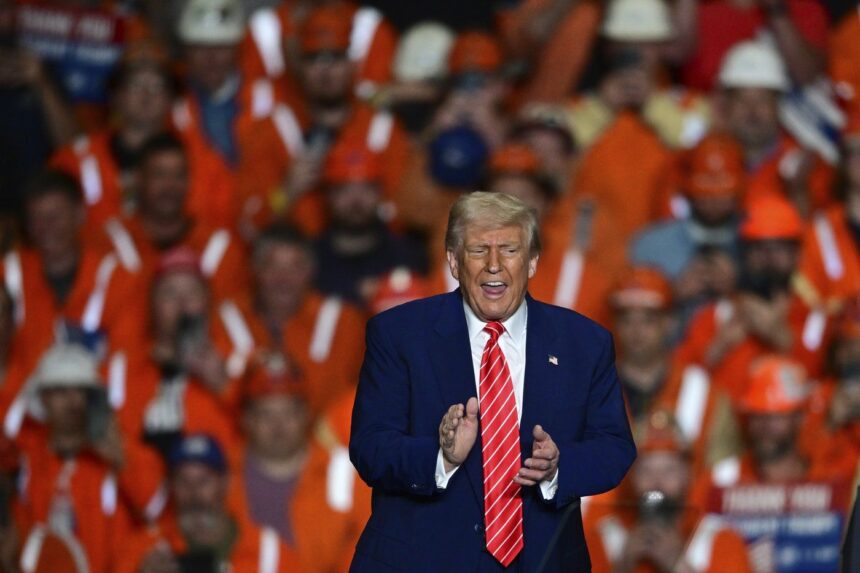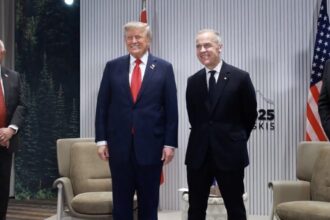In a dramatic escalation of his protectionist trade agenda, former President Donald Trump has implemented sweeping new tariffs on steel and aluminum imports, doubling rates to an unprecedented 50%. The move, which took effect yesterday, has sent immediate ripples through international markets and sparked concerns of an impending global trade war.
The tariff increase represents a significant intensification of Trump’s previous “America First” trade policies. During his first administration, Trump imposed 25% tariffs on steel and 10% on aluminum imports under Section 232 of the Trade Expansion Act, citing national security concerns. The doubling of these rates to 50% marks an aggressive new stance that administration officials claim will “revitalize American manufacturing.”
“These tariffs are long overdue,” Trump stated during a manufacturing plant visit in Pennsylvania yesterday. “Foreign countries have been taking advantage of American workers for decades. Today, we’re putting America first and bringing our jobs back home.”
Economic analysts, however, warn of severe consequences. “The immediate impact will be increased costs for American manufacturers who rely on imported metals,” explains Dr. Eleanor Martinez, chief economist at the Toronto Economic Policy Institute. “These costs will inevitably be passed to consumers in the form of higher prices for everything from automobiles to appliances.”
Canada, which exports approximately $4.3 billion worth of steel and $2.8 billion in aluminum to the U.S. annually, stands to be particularly affected. Finance Minister David Chen called the tariffs “deeply concerning” and confirmed that Canada’s government is considering proportional countermeasures.
The global business community has responded with alarm. Major stock indices fell sharply following the announcement, with the Dow Jones Industrial Average dropping over 450 points. The Canadian S&P/TSX Composite Index experienced its largest single-day decline in 14 months.
International reaction has been swift and condemning. The European Union has already filed a formal complaint with the World Trade Organization, while China’s Ministry of Commerce called the move “economic bullying” and promised retaliatory measures. Mexico, another major trading partner, announced it would implement countervailing duties on U.S. agricultural products.
Industry experts predict significant disruption to global supply chains. “We’re looking at a fundamental restructuring of international metal markets,” said Ricardo Vasquez, senior trade analyst at Global Market Strategies. “Companies will need to rapidly reconsider sourcing strategies and production locations.”
For Canadian manufacturers, the impact could be severe. The Canadian Steel Producers Association estimates the tariffs could jeopardize up to 40,000 jobs in steel-producing regions like Hamilton, Sault Ste. Marie, and parts of Quebec. Aluminum producers in northern Quebec and British Columbia face similar challenges.
“This isn’t just about metals,” notes political analyst Jennifer Woodward. “These tariffs represent a broader shift toward economic nationalism that could fundamentally alter the post-war trading system built on multilateral cooperation.”
As nations scramble to respond and markets adjust to this new reality, the pressing question remains: are we witnessing the beginning of a global trade war that could undermine decades of economic integration, or will pragmatic negotiations ultimately prevail in an increasingly fragmented world order?
























